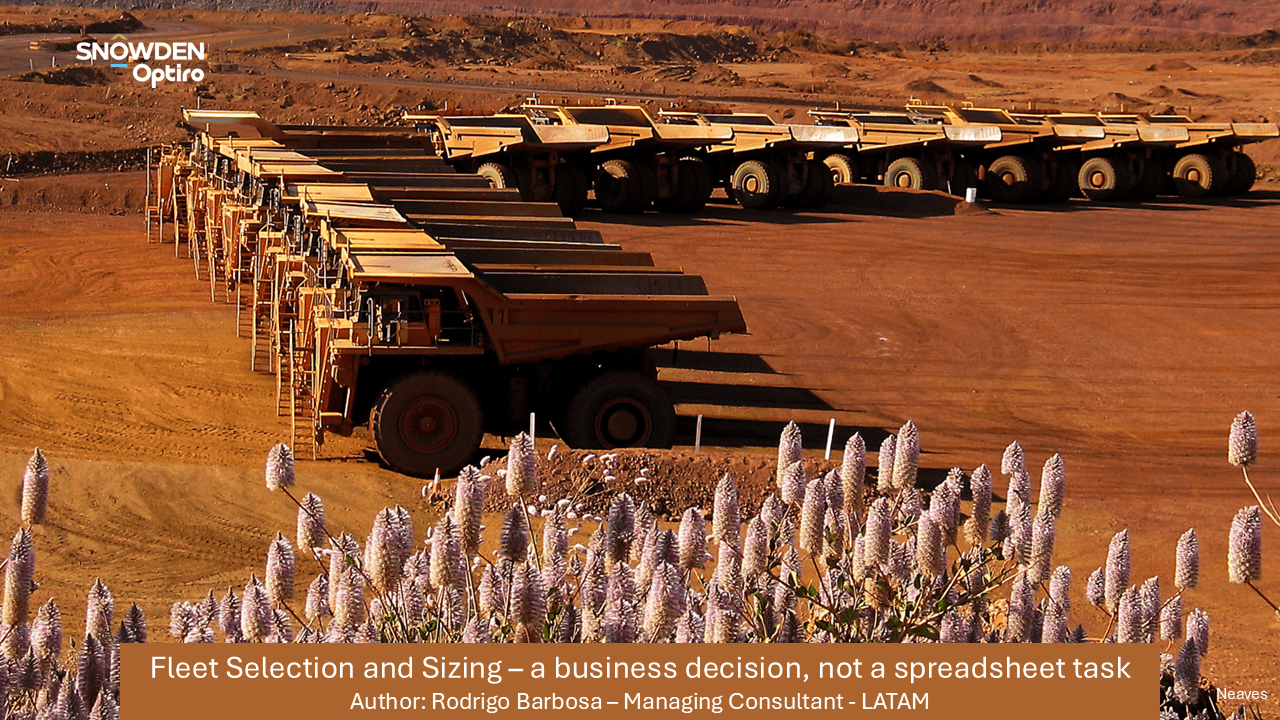

And now for a little fun!
We hope you enjoy our new series Fun Facts and Feasible Fables from the mining industry.

It is the height of Big Ben
9/10ths as heavy as Brooklyn Bridge
9/10ths as long as QE2
Can clear an area 3x the size of the Royal Albert Hall in one day
Has shovels that can hold 250 times more than a beer keg
Needs 5 people to operate it
Has a width 4/5ths the height of the Leaning Tower of Pisa
Is 2.5 times faster than a Sloth?


Some of the materials mined for the manufacture of toothpaste:
Aluminium hydroxide, calcium carbonate, calcium hydrogen phosphates, silica, zeolites and hydroxyapatite. Sodium fluoride, olaflur or sodium monofluorophosphate. Crushed aluminium ores, limestone, white sands, while zeolites.
Some of the materials mined for the manufacture of a TV:
Antimony in batteries; Indium for light emitting diodes; Strontium in magnets; Beryllium for copper wires; Tin to coat metals that might corrode; Manganese added to rubber and to decolourise glass; Copper for wires; Platinum to prevent corrosion; Gold in conductors and where corrosion needs to be prevented; Zinc in batteries; Lead in monitors and added to tungsten; Rhenium and silico in computer chips; Bauxite for aluminium; Palladium in ceramic capacitors; Vanadium used in steel; Germanium in electronics; Iron in steel and magnets; Quartz crystal in screen; Barite in plastics and monitor; Tungsten in TV tubes; Niobium in alloys; Gallium in semiconductors; Tantalum for acoustic wave filters; Cobalt in batteries and alloys; Titanium in alloys
Some of the materials mined for the manufacture of an automobile:
Approximately 900 kgs of iron ore, 151 kgs of petroleum products, 202 kgs of aluminium sand and quartz for glass. Nickel, lithium, cobalt and manganese in batteries. Neodymium and dysprosium in permanent magnets. Terbium for lighting and fuel injectors. Antimony for steel alloys and electronics. Selenium for sensors and glass. Silver, indium, tantalum or lanthanum for electronic components. Bauxite used in air-conditioner, transmission, trim, radiator, engine and moulds. Stibnite for body parts and dashboard. Chrysolite for breaks and clutches. Barite for paints and glass making. Bentonite clay for coatings, adhesives, sealants and paints. Kemite and colemanite in glass and mineral processing. Beryl and bertrandite for electronics, insulators, audio-systems and computer. Magnesium hydroxide for iron, paints, plastic, carpet and glass. Iron-chromium oxide for trim parts, steel frame, suspension, engine parts and body reinforcements. Chalcopyrite, chalcocite, azurite, malachite, chrysocolla for electrical wiring, motor winding, radiator, instruments and electronic parts. Diatomite and diatomaceous earth for sound and thermal insulation, and abrasives. Dolomite for glass, dashboard and body panels. Orthoclase and plagioclase for paint, body panels, spark plugs, sensors, radio, computer and windows. Fluorite for engine wheels, air conditioner and ceramic parts. Garnet in manufacturing process. Gold ore and native placer gold for electronic parts and wiring in airbags. Gypsum for carpets. Hematite for the engine, pumps, axle, brakes, gears, shafts and sheet metal castings. Kaolinite for paint, tyres, plastics and ceramics. Galena for batteries, solder, lubricants, wheel weights, and set-belt pendulum locks. Dolomite and magnetite in exhaust systems and catalytic convertors. Pyrolusite, manganite and wad used in the castings for engines, pumps, axles, brakes, gears, shafts and sheet metal. Cinnabar used in batteries, electronics and manufacturing processes. Migmatite and mica schist deposits for metallic paints, trim, dashboard and body parts. Hematite, carbon black, titanium dioxide used in non-metal parts, coatings and paint on metals. Molybdenite used in steel and lubricants. Pentlandite in steel shafts, electrics, magnets and plating. Perlite used in caulking, adhesives and sealants. Coal, oil sands, oil shale and tar sands used in plastic and rubber parts, fuel, hydraulics, air hoses, tyres, body panels, and indicators. Palladium, rhodium, ruthenium, osmium and iridium in ignition parts, catalytic convertors and electronics. Pyrophyllite in interior trim, dashboards, steering wheel, tyres, sound and weather proofing and plastic and rubber parts. Sodium chloride used in intake manifold, transmission housing, cast aluminium parts and plastics. Silicon dioxide used in glass, electronics, paints, plastics, composites, engine, manifolds, rubber parts and lightbulbs. Argentite and silver minerals used in sound systems, computer, mirrors and electronic connectors. Trona used in glass, adhesives and sealants. Talc used in spark plugs, ceramic paints, plastics, rubber, tyres and light bulbs. Cassiterite used in battery, solder, plating, lubricants, tyres, glass and electronics. Rutile and ilmenite used in white pigment and light base coats. Wolframite and scheelite used in lamp filaments, radio, compute and metal parts. Wollastonite used in spark plugs, ceramic paints, plastics, composites and rubber parts. Zeolite deposits used in gasoline and refining and filtering of gasoline. Sphalerite used in solder, plating, battery, electronics, tyres, and rust proofing. Zircon used in ceramics and casting of metal parts.
Some of the materials mined for the manufacture of a mobile phone: Silicon for the processor. Phosphorus, antimony, arsenic, boron, indium, gallium; copper, gold and silver for wiring. Lithium, colt and magnesium for batteries. Gold for the circuit board. Aluminium for phone cases and various components. Cobalt for rechargeable batteries. Copper for electrical conductors in circuit board. Lead for electrical connections, capacitors and batteries. Crude oils for plastics. Silver for the circuit board. Zinc for the circuit board. Indium and tin for screen. Aluminium and silicon for LCD screen. Tantalum, platinum and palladium for electrical unit. Neodymium in magnets.
Some of the materials mined for the manufacture of computers and laptops: There are about 66 minerals used to make a computer or laptop. Monitors use Sulphur, Hemimorphite, Zincite Smithsonite, Franklinite, Ag, Pyrargyrite, Cerargyrite, halite, bauxite, Chalcopyrite, Bornite, Enargite, Cuprite, Malachite, Azurite, Chrysocolla, Chalcocite, Gold, Alunite, Orthoclase, Nephelite, Leucite, Apophyllite; Fluorite, Cryolite, Vesuvianite; Lepidolite: Dolomite, Magnesite, Epsomite, Spinel, Olivine, Pyrope, Biotite, Talc. LCD monitors use Galena, Cerussite, Anglesite, Pyromorphite, Quartz, Hematite, Cassiterite, sphalerite. Glass uses Galena, Cerussite, Anglesite, Pyromorphite, Quartz. Plastic case and keyboard use Calcite, Gypsum, Apatite, Aragonite, Rutile, Ilmenite, Titanite, Apatite, Pyromorphite, Wavellite. Metal case uses Magnetite and Limonite. Flat screen plasma display uses Quartz, Galena, Cerussite, Anglesite, Pyromorphite, Sulphur, Hemimorphite, Zincite, Smithsonite, Franklinite, Ag, Pyrargyrite, Cerargyrite, Halite, Bauxite, Chalcopyrite, Bornite, Enargite, Cuprite, Malachite, Azurite, Chrysocolla, Chalcocite, Gold, Euxenite, Alunite, Orthoclase, Nephelite, Leucite, Apophyllite; Fluorite, Cryolite, Vesuvianite; Lepidolite: Dolomite, Magnesite, Epsomite, Spinel, Olivine, Pyrope, Biotite, Talc, Realgar, Orpiment, Niccolite, Cobaltite Arsenopyrite, Tetrahedrite, Monzonite, Orthite. Printed circuit boards and computer chips use Quartz, Chalcopyrite, Bornite, Enargite, Cuprite, Malachite, Azurite, Chrysocolla, Chalcocite, Gold, Ag, Pyrargyrite, Cerargyrite, Cassiterite, Bauxite.

CONTACTS
Geology Services – Ian Glacken – Geology Director iglacken@snowdenoptiro.com
Mining Engineering Services – Andrew Grubb – Mining Director agrubb@snowdenoptiro.com
Corporate and Transaction Services – Mark Warren – Managing Director mwarren@snowdenoptiro.com
Training Courses – Diana Ross – Training Manager – diana.ross@snowdenoptiro.com
Subscribe here for our podcasts, technical articles and news
